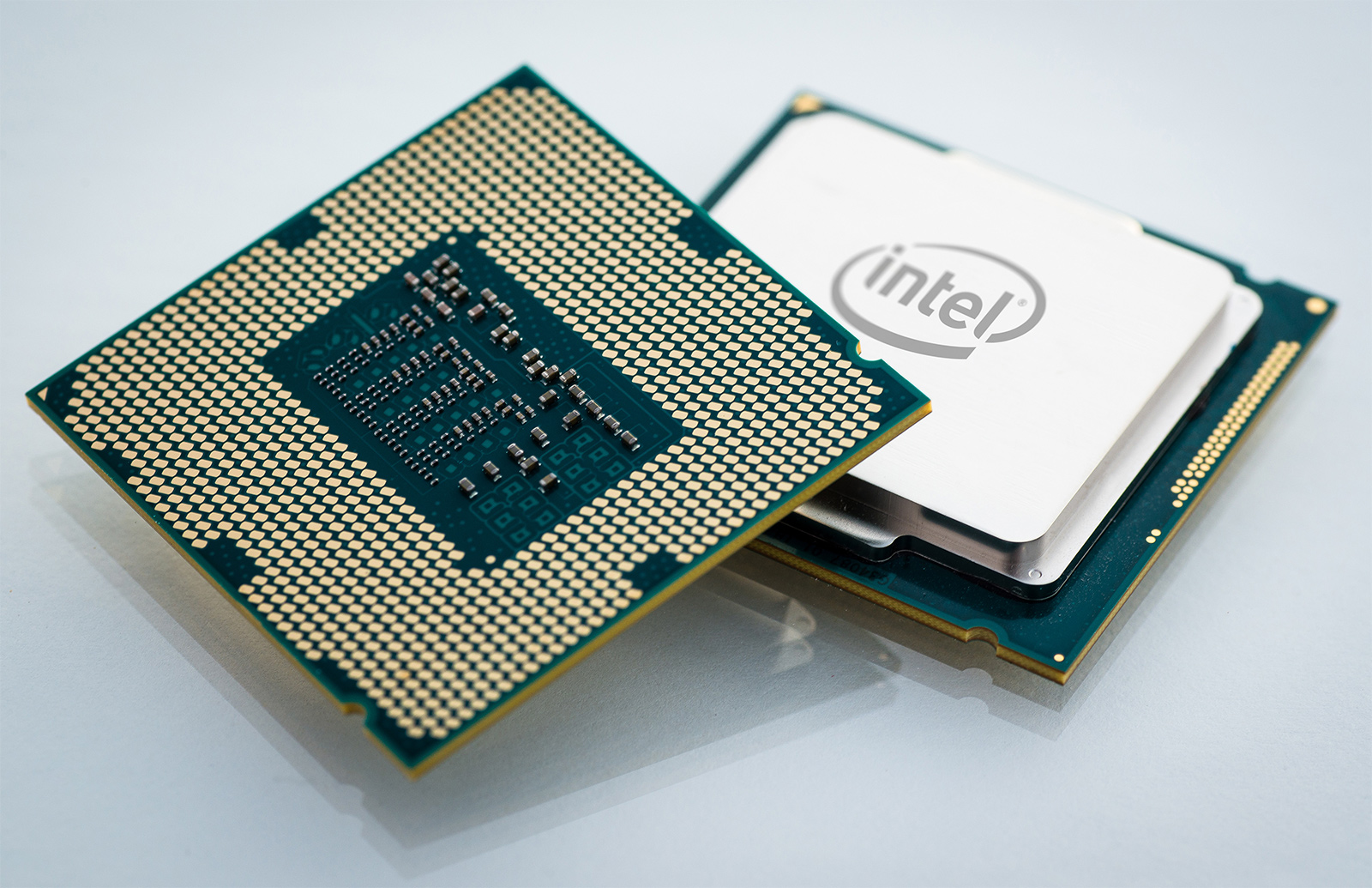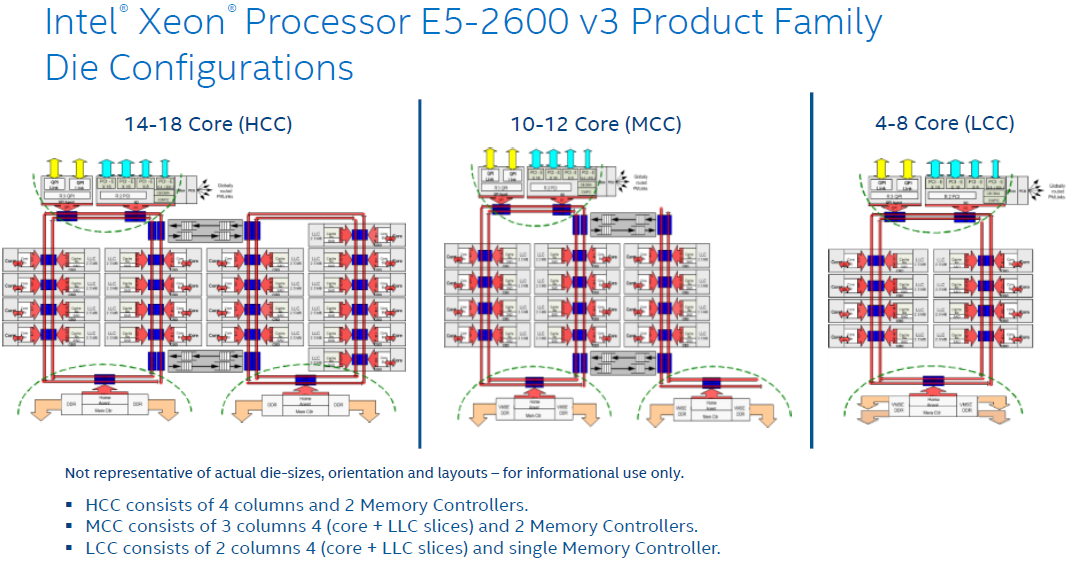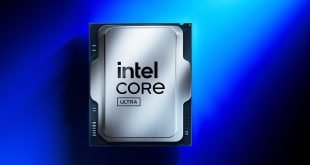Even though Intel Corp. has been gradually increasing the number of general-purpose processing engines inside its microprocessors for servers, the company’s high-end chips for client PCs feature no more than eight x86 cores, whereas mainstream central processing units sport up to four cores. Apparently, Intel has no plans to change anything in the coming years as the company’s forthcoming “Cannonlake-E/EP” CPUs for high-end desktops and workstations will integrate up to eight cores.
An undisclosed Intel engineer from Hillsboro, Oregon, disclosed in his LinkedIn profile that over the past two months he or she has been working on Intel’s “cache coherence protocols and high-speed fabrics” for Intel “Cannonlake” system-on-chip with four to eight cores and “converged coherent fabric”, according to a finding by Fool.com. Intel calls major internal interconnects (e.g., ring bus, last-level cache, eDRAM cache, memory) as “coherent fabric”. The profile has either been removed or altered by its owner by now.
Intel develops numerous versions of its processor silicon for different applications. For example, there are two separate versions of desktop and notebook chips with two or four cores. For high-end desktop, workstation and server CPUs Intel designs several versions of silicon with different configurations with low core count, medium core count and high core count. For example, the “Haswell” family of chips for servers, high-end desktops and workstations includes three configs: LCC with four to eight cores, MCC with 10 to 12 cores and HCC with 14 to 18 cores.
As it appears, Intel’s Core i7 Extreme “Cannonlake-E” and select Intel Xeon “Cannonlake-EP” central processing units in LCC configurations will continue to feature up to eight cores, just like Core i7 “Haswell-E” and Xeon E5 “Haswell-EP” do today. Workstations that require more cores will have to use higher-end Xeon “Cannonlake-EP” chips with medium core count (MCC). The Intel Xeon “Cannonlake-EX” will rely on silicon with high core count (HCC), which will likely exceed 32 cores.
Increased core count requires Intel to re-architect internal interconnections and memory controllers, which makes increase of core-count a very complex task. Moreover, client applications do not really need six or eight cores, but benefit from improved graphics processing units, which actually account for a larger portion of a modern CPU die than x86 cores.
Intel’s code-named “Cannonlake” central processing units will be made using 10nm process technology. Client versions of “Cannonlake” CPUs with integrated graphics are due in 2017. Advanced versions of the 10nm chips with increased amount of x86 cores – “Cannonlake-E”, “Cannonlake-EP” and “Cannonlake-EX” are due in 2018 or later.
Intel’s future Xeon “Skylake-EX” and “Skylake-EP” microprocessors with up to 28 cores will feature six-channel memory sub-systems and will use the all-new “Purley” platform. The forthcoming “Cannonlake” chips for servers are expected to be drop-in compatible with the “Purley” platform as well.
Intel did not comment on the news-story.
Discuss on our Facebook page, HERE.
KitGuru Says: Many people would love the upcoming unlocked enthusiast class Core i7-8700K “Cannonlake” central processing units to have more than four physical cores. Unfortunately, it does not look like it is going to happen. In fact, even next-generation high-end desktop chips will feature no more than eight cores.
 KitGuru KitGuru.net – Tech News | Hardware News | Hardware Reviews | IOS | Mobile | Gaming | Graphics Cards
KitGuru KitGuru.net – Tech News | Hardware News | Hardware Reviews | IOS | Mobile | Gaming | Graphics Cards





“Moreover, client applications do not really need six or eight cores, but
benefit from improved graphics processing units, which actually account
for a larger portion of a modern CPU die than x86 cores.”
–> please explain how these improved graphics processing units have ANY benefit for desktop users with dGPU’s?
Coherent fabric ?? Heard that with AMD Zen first.
It’s freaking obvious he was talking about desktop users that doesn’t have a dedicated GPU. You don’t need more than a pair of old neurons to realize that.
No they didn’t write that. In fact what they wrote was even wrong. Adding of few cores would in fact give some, small, benefits since we all have a lot of small background processes happening which can use those cores.
It’s not what you read into the article, my comment was about what was actually written down.
DirectX 12 is how. It supports mixing and matching any two or more GPUs, even integrated and dedicated GPUs from AMD, Intel, and Nvidia all at once. An iGPu and dGPU working together with DX12 can perform better than the dGPU by itself.
If you think most of the games devs will bother to combine iGPU with dGPU you might be in for a rude awakening.
And there is no way that AMD + Nvidia GPU’s will work together. They’ll make sure through their drivers that this won’t be possible.
Remember people combining a AMD GPU + an NVIDIA GPU, where they would use the NVIDIA for the Physx functions in the game? Nvidia make sure after a few driver revisions this was no longer be possible.
Intel wants anyone that uses a dGPU to go to Intel’s high-end platform where those processors lack an IGP and use solder for TIM, on purpose. So while mainstream with a powerful IGP doesn’t benefit many of us, we aren’t supposed to be on the mainstream platform, according to Intel.
Ironically, what was actually written down was a single sentence that had nothing to do with the rest of the article, which was about the -E/-EP platforms– where those processors have no IGP and are squarely aimed at dedicated GPU users, like Eduardo said.
So while LGA115x customers gripe about the IGP as if it didn’t belong for last five years, Intel made a platform just for you harvested from rebranding server platforms. Quit complaining about an unlocked IGP processor that only exists to keep you from AMD. Go where AMD has no chance: X99’s successor.
GOOGLE CAREERS::As Joan replied I am stunned that a mom can make $28273 in four weeks on the internet ……..Simple online work for all. Make $5000 to $9000 every week online.4-5hour day by day work……….read the full info here
/m1h..
➤➤➤ http://GoogleChampionTopPayingOnlineTrendingCareer/Earn/hourly/$97….✥✥✥✥✥✥✥✥✥✥✥✥✥✥✥✥✥✥✥✥✥✥✥✥✥✥✥✥✥✥✥✥✥✥✥✥✥✥✥✥✥✥✥✥✥✥✥✥
It’s obvious that more cores would be better. But if you take a look at the charts, the more cores your processor have, the lower will be the clock speed. While it can be perfectly acceptable for server porpuses, where you need a lot of parallel processing (depending what kind of server, of course), a usual desktop user may rather have less cores with higher clock speed to open the browser and check emails faster. The comment made by the autor was perfectly right. You just assumed a very specific case to complain about what was written, and it’s nonsense.
It’s a small minority of dGPU users who fall into this trap from Intel to pay a lot of money for something that’s always a generation behind.
Even since Skylake came, most reviews showed the difference between it and Haswell doesn’t justify the upgrade, so why make an issue of getting newer stuff earlier in the Z-market when “Generation” has become just a word for Intel fans to feel special for keeping up? There is no argument there.
If you want to focus on money, I can prove you wrong easily by just picking components since an Core i7-4790K + moderate Z97 = Core i7-5820K + cheap X99, depending on the retailer. ASRock’s X99 mini-ITX showed the extra channels have no real world benefit, thus get just two DDR4 DIMMs for X99. So in the end, an X99 and Z97 platform can be made to have similar costs, there is no trap.
It is a trap because Intel created a category of CPU’s that costs more than what they were asking before they started with this strategy.
Not really, when X48 was on LGA775 there was a $999, $586, and $284 SKU that remained consistent when X58 came and Intel isolated them to LGA1366. This was consistent with Sandy Bridge with the exception of the i7 model on LGA115x which held a premium due to the IGP, so i7-2600K/2700K were priced above i7-3820. Haswell brought a new exception, in part to Intel competing with itself, they made it a 6-core and gave it a $389 mark.
Only an i5 on down in Z makes sense; for i7, it is X only. i7 in Z is a scam due to the premium Intel adds for the IGP, there is no reason to get it. But too many are either apologetic or impatient, so if they want Skylake, they will put up with the IGP on die rather than wait for the Skylake-E platform best fit for them– and that will be out next summer.
It has to be, AMD’s Zen will be out in Oct 2016, Intel will preemptively embarrass AMD by debuting the successor to X99 earlier.